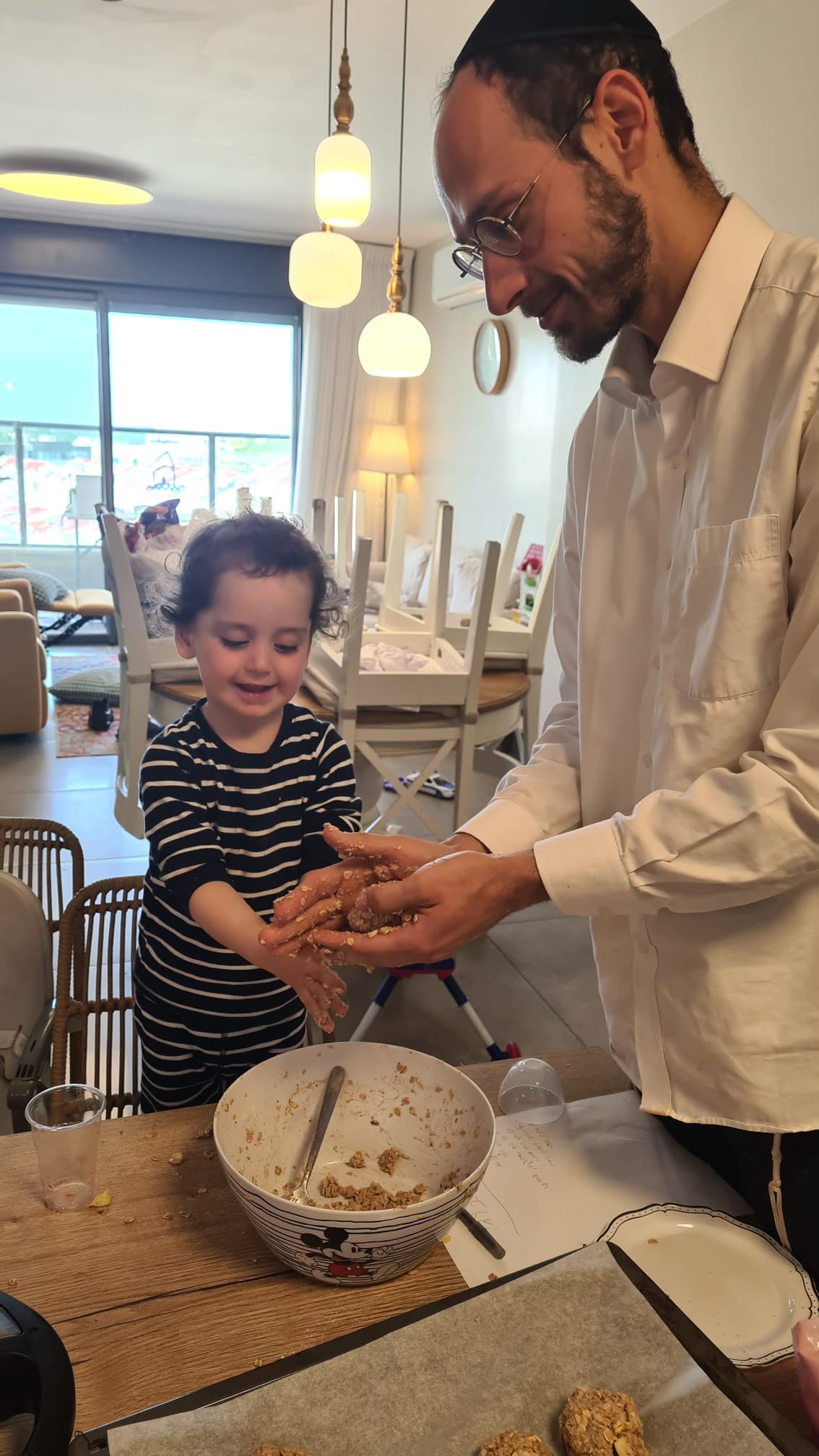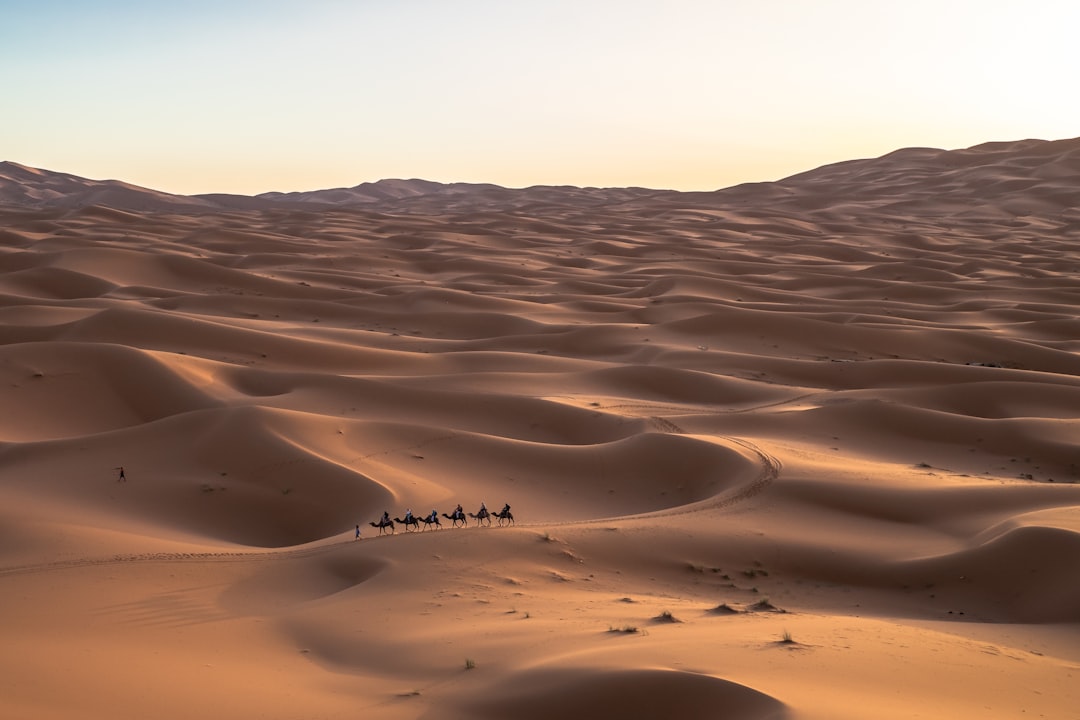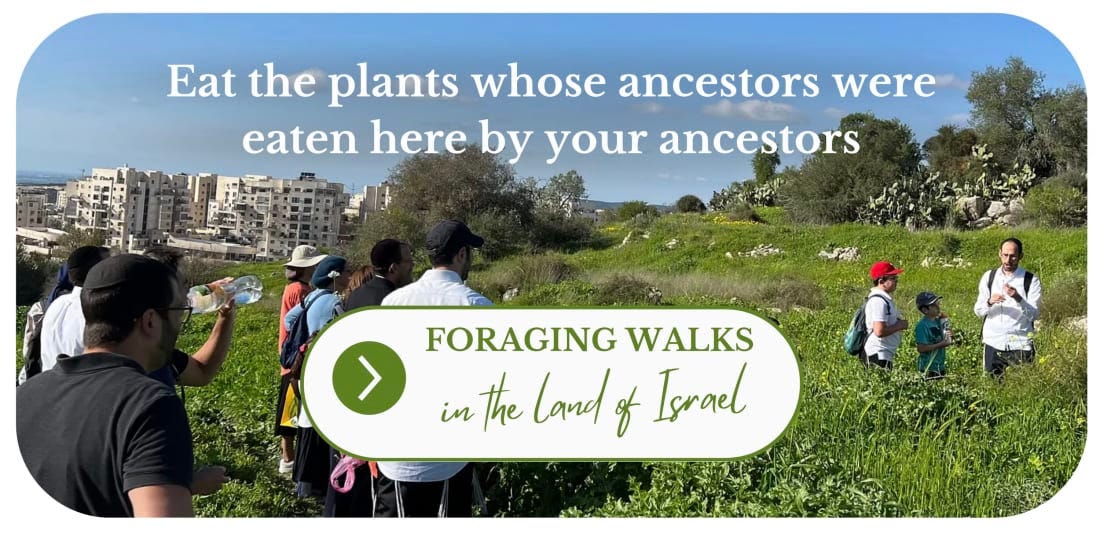
Dear Healthy Jew,
Jews all over the world are scouring their houses these days for the tiniest particles of chometz (leavened foods) - and piling their pantries with “kosher for Pesach” foods, chief among them matzah.
Why for these 7 days do we say “yes” to matzah and scream “no” to chometz?
Because some 3330 years ago, when God took us out of Egypt, we were in such ar rush that our bread had no chance to rise.
“They baked the dough they took from Egypt, cakes of matzah - not chometz - for they were thrown out of Egypt and couldn’t wait…” (Shemos/Exodus 12:39)
The Torah’s explanation needs explanation. How does munching on dry crackers connect me to freedom and God?
Last Pesach I suggested in these pages, based on an ancient parable, that leaving slavery for freedom is always a focused, urgent transformation in which the erstwhile slave jumps onto the journey to become a king. Even before reaching the lofty goal, he’s already free because he’s no longer mired in captivity but in the process of going “from here to there.” Because it’s baked with focus and urgency, matzah is the quintessential food of freedom, integrating us with Israel’s jumping out of Egypt into God’s care in the desert.
That’s a nice idea, and I stand by it.
But for many centuries another explanation has been told in many variations. I’ll share with you today my take on this classic tradition, based on the writings of Rabbi Yosef of Gitikalia (1248-c.1305)1
Bread is leavened with sourdough, which basically means that dough becomes a beautiful, delicious loaf only after adding a bit of rotten dough.
That’s the story of our search for God from inside our material world. Our spiritual essence - the pure and simple flour and water of our “matzah” souls - yearns for wisdom and God. But our sensual bodies care only to see, hear, taste, smell, and touch. All they know is instinctual, delusional desires. This selfishness - our inner sourdough - inflates and corrupts our otherwise matzah-like minds and hearts.
So most of the time we live as chometz.
It’s fine to be chometz. After all, God Himself attached the sourdough of selfishness to our matzah-souls so that we can consciously choose God out of the myriad temptations and distractions of material living. Because we live as chometz, God also built our digestive systems to need leavened bread, at least most of the time.
But human life isn’t all chometz. When our temporal chometz existence ends, and our self-seeking, chometz-digesting bodies lie lifeless, all that’s left of us is the choices of our matzoh spirits: acts of kindness, Torah study, prayer, and mitzvos.
Chometz and matzah have a complicated relationship.
On one hand, they are opposites: inflated and humble, material and spiritual.
Yet chometz-living is also our path to eternal matzoh-life, what we call at Healthy Jew the journey “from here to there.” This journey, as I’ve explained, isn’t detached from its destination - if so we’d just be wandering aimlessly - but the direct outcome of God’s will to live with us forever (think matzah) after we freely journey toward God instead of any number of other possiblities (think chometz).
Put another way, chometz was born from matzah, just as the journey of life was born out of its destination. Therefore, underneath our mountains of chometz, every Jew holds a tiny heart of matzah: his or her pure, simple loving relationship with the Creator. And our chometz bodies too can find their sustenance from matzoh, if only for a while, because they’re the vessel holding every soulful matzah-choice.
Therefore, on the days when God chose us to be God’s nation, and sent us out on a journey to the desert - both literally and metaphorically - we return to our original matzah-souls, living from unleavened flour and water.
We were born from matzah, and to matzah we will return.
Thank you for reading Healthy Jew.
Here are 2 great paths to continue the journey:
Also check out this intro and index to explore hundreds of posts about our 3 Healthy Jew topics: Wellness with Wisdom, Land of Life (Israel), and Sensible Spirituality.
Finally, always feel free to reach out here with any comments, questions, or complaints:
I look forward to hearing from you!
Be well,
Rabbi Shmuel Chaim Naiman
R’ Gitikalia was a grand-student of the Ramban (Nachmanides). This idea is the foundational theme of his commentary on the Pesach Haggadah, Tzafnas Pa’aneich.







